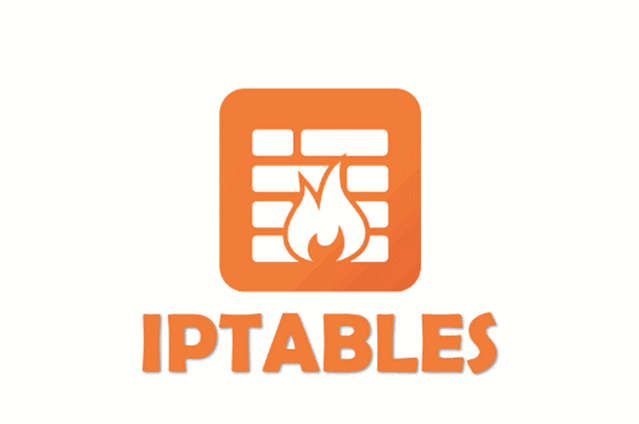Introduction
Protecting your Linux server from unauthorized access and malicious activities is paramount, and iptables serves as your primary defense mechanism. By crafting targeted firewall rules, you can fortify critical ports and services, shielding your server from potential threats. In this article, we’ll delve into essential iptables rules tailored for commonly targeted ports, empowering you to bolster your server’s security.
Protecting Port 22: SSH
SSH (Secure Shell) is indispensable for remote server management, yet it’s a prime target for malicious actors. Strengthen SSH security with these iptables rules:
- Allow Trusted SSH Connections: Permit incoming SSH connections only from trusted IP addresses to restrict access to authorized users.
- Implement Rate Limiting: Throttle the rate of incoming SSH connections to thwart brute-force attacks, limiting the number of login attempts within a specified time frame.
- Enhance Authentication: Introduce additional security layers such as port knocking or multi-factor authentication (MFA) to bolster SSH authentication mechanisms.
SSH Iptables Rule:
iptables -A INPUT -p tcp --dport 22 -m conntrack --ctstate NEW -m recent --set
iptables -A INPUT -p tcp --dport 22 -m conntrack --ctstate NEW -m recent --update --seconds 60 --hitcount 4 -j DROP
Securing Port 80 and 443: HTTP and HTTPS
Web servers hosting HTTP (port 80) and HTTPS (port 443) services are frequent targets for exploitation. Strengthen your defenses with these iptables rules:
- Whitelist Incoming HTTP and HTTPS Traffic: Allow only incoming HTTP and HTTPS traffic from whitelisted IP addresses to minimize the attack surface.
- Enforce HTTPS Encryption: Ensure secure communications by enforcing HTTPS encryption and implementing HTTP Strict Transport Security (HSTS) to mitigate risks associated with plaintext communication.
- Implement Web Application Firewalls (WAFs): Deploy WAFs to analyze and filter incoming HTTP requests, blocking malicious traffic and protecting web applications from common vulnerabilities.
HTTP and HTTPS Iptables Rule:
iptables -A INPUT -p tcp --dport 80 -j ACCEPT
iptables -A INPUT -p tcp --dport 443 -j ACCEPT
Defending Port 1433: Microsoft SQL Server
Microsoft SQL Server (port 1433) is a lucrative target for cybercriminals seeking to exploit database vulnerabilities. Safeguard your SQL Server with these iptables rules:
- Restrict Access to Specific IP Ranges: Limit access to port 1433 by allowing connections only from trusted IP ranges or via secure VPN connections, reducing the exposure to potential attackers.
- Regularly Update and Patch SQL Server: Stay vigilant with software updates and security patches to address known vulnerabilities and mitigate the risk of exploitation.
- Implement Intrusion Detection Systems (IDS): Deploy IDS solutions to monitor database activity, detect suspicious behavior, and respond to potential threats in real-time.
Microsoft SQL Server Iptables Rule:
iptables -A INPUT -p tcp --dport 1433 -j ACCEPT
How to Apply These Rules
Adding these iptables rules to your server is straightforward. Follow these steps:
- Open a terminal on your Linux server.
- Ensure you have root or sudo privileges.
- Enter the commands listed above or below to configure the rules:
sudo iptables -A INPUT -p tcp --dport 22 -m conntrack --ctstate NEW -m recent --set
sudo iptables -A INPUT -p tcp --dport 22 -m conntrack --ctstate NEW -m recent --update --seconds 60 --hitcount 4 -j DROP
sudo iptables -A INPUT -p tcp --dport 80 -j ACCEPT
sudo iptables -A INPUT -p tcp --dport 443 -j ACCEPT
sudo iptables -A INPUT -p tcp --dport 1433 -j ACCEPT
iptables-save | tee /etc/sysconfig/iptablesiptables-save > /etc/sysconfig/iptablesConclusion
By implementing targeted iptables rules for commonly targeted ports, you can significantly enhance the security posture of your Linux server. Regularly review and update your firewall rules to stay ahead of evolving threats, and maintain a proactive approach to safeguarding your server against potential risks.
Support Techcratic
If you found this guide helpful and would like to support Techcratic, consider making a Bitcoin donation. Your contributions help us continue to provide high-quality content and resources. You can donate to the following Bitcoin address:
Bitcoin Address: bc1qlszw7elx2qahjwvaryh0tkgg8y68enw30gpvge
If you wish to donate through other means, please contact us at the Techcratic Contact form.














![Massive Apple deal event – M3 iPad Air all-time low, AirPods, M4 MacBooks $300 off, more [Updated]](https://techcratic.com/wp-content/uploads/2025/08/AirPods-Pro-2-AirPods-4-360x180.jpg)


























































![BASENOR 3PCS Tesla Model Y Model 3 Center Console Organizer [Carbon Fiber Edition]…](https://techcratic.com/wp-content/uploads/2025/08/71R5dfCR9FL._AC_SL1500_-360x180.jpg)















![Alien: Romulus – 4K + Blu-ray + Digital [4K UHD]](https://techcratic.com/wp-content/uploads/2025/08/81fBb0Z1egL._SL1500_-360x180.jpg)









